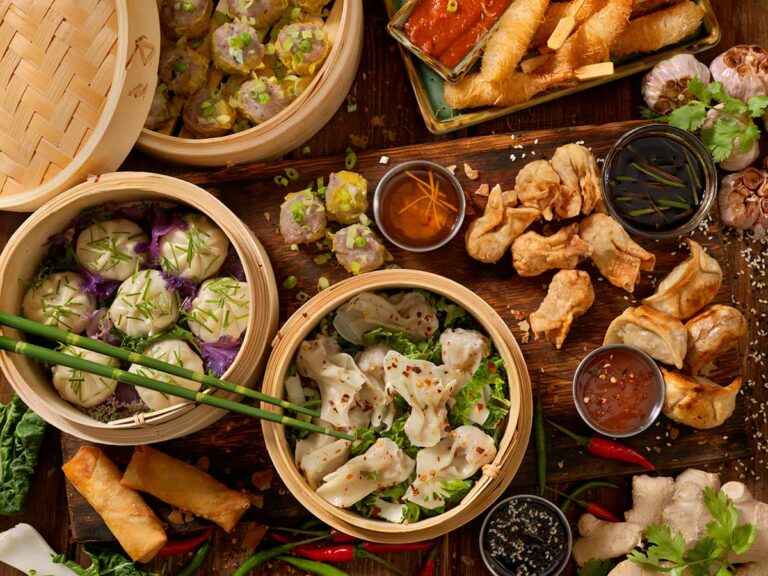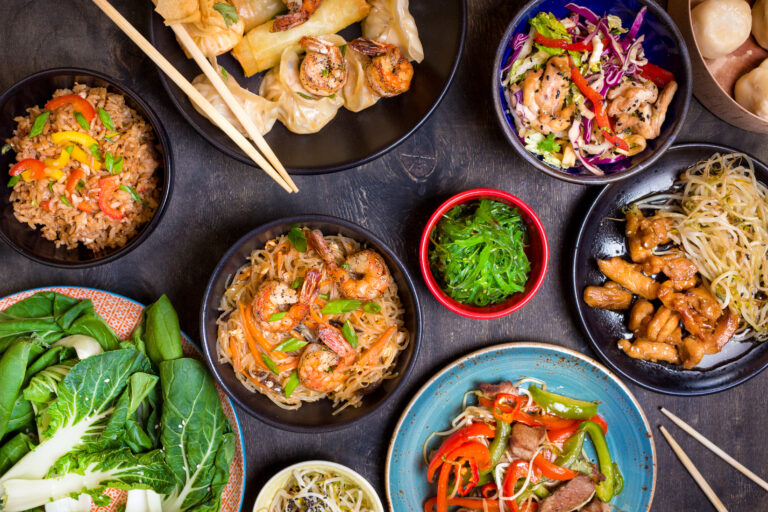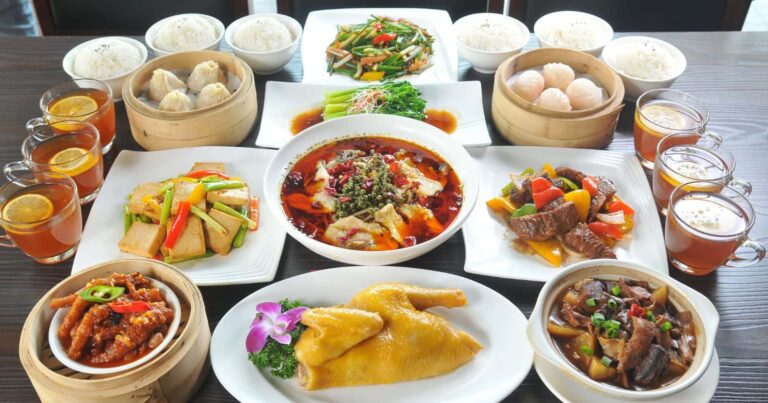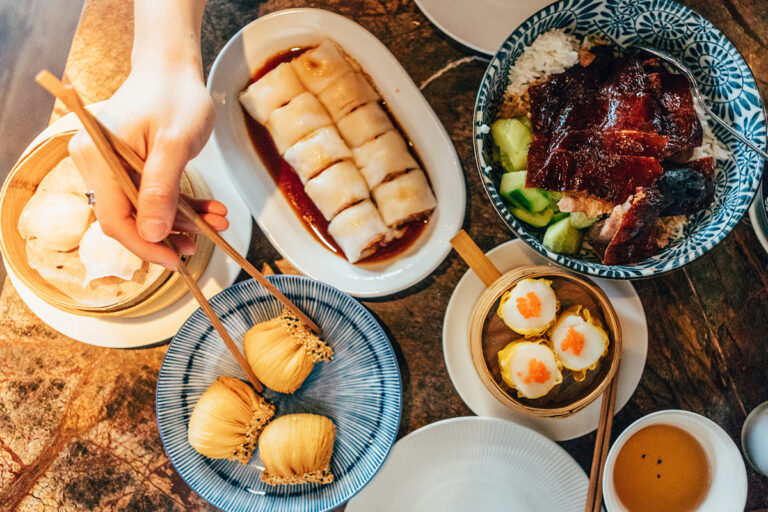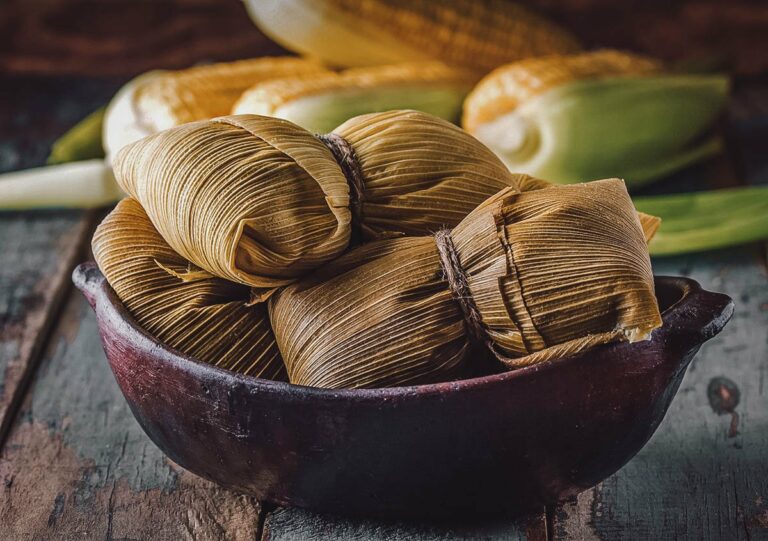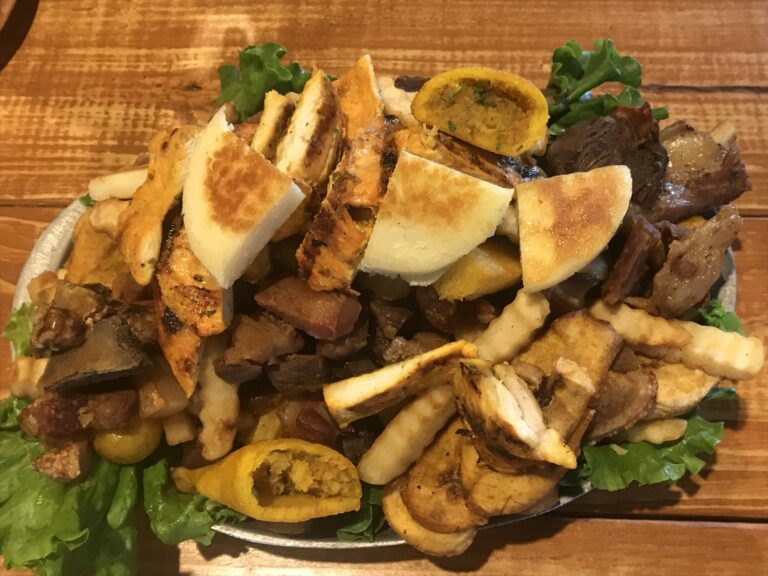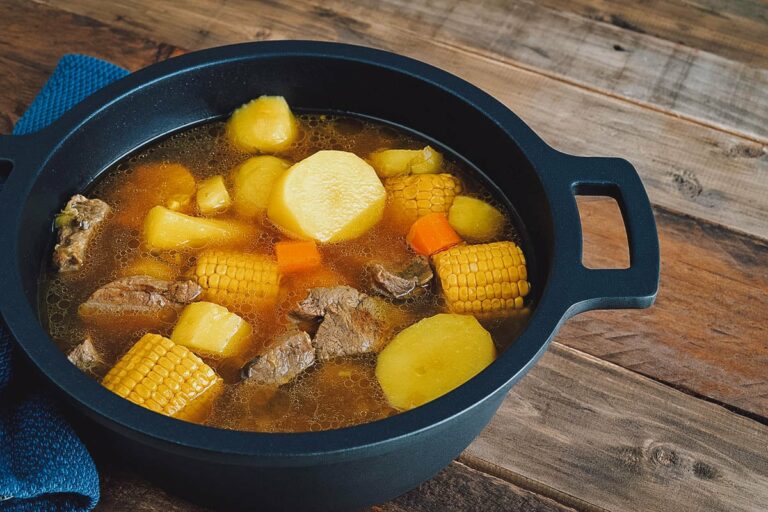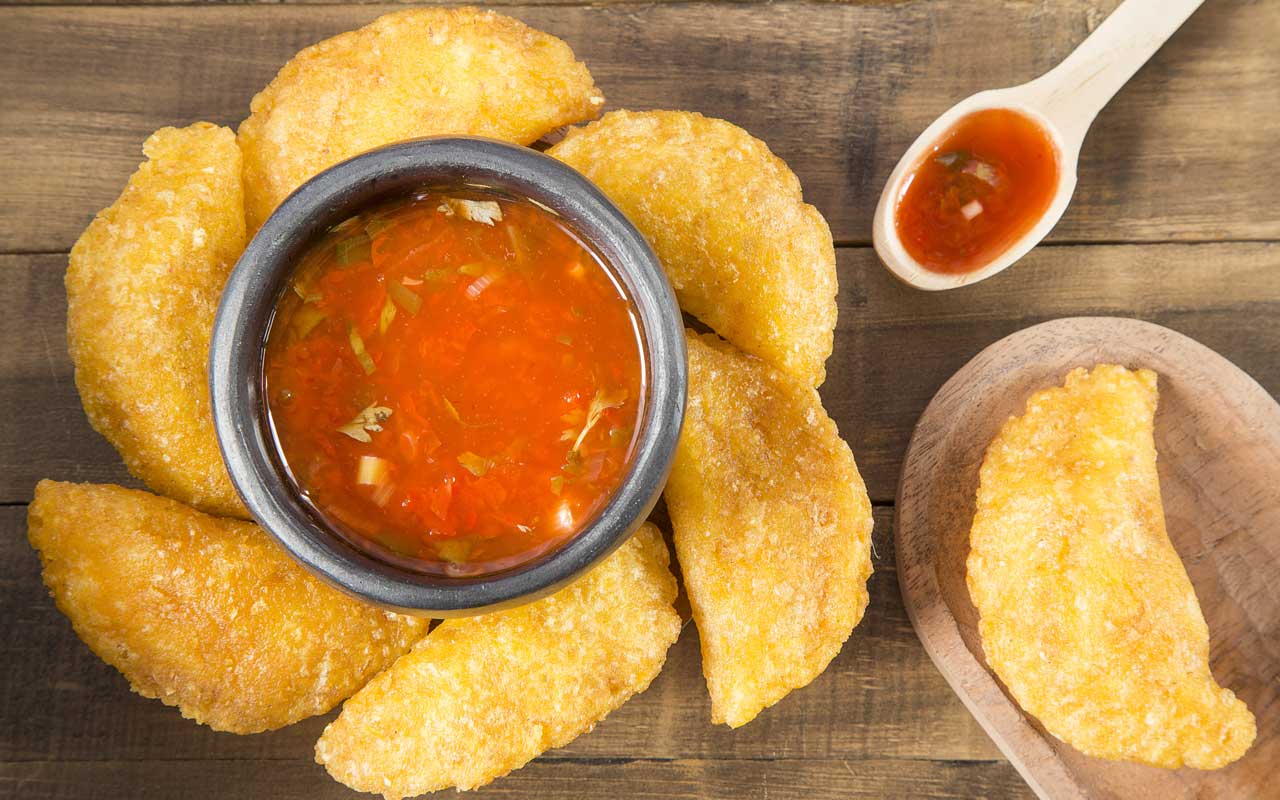Introduction: Chilean street food culture
Chilean street food culture is an important aspect of the country’s culinary landscape. Street food vendors offer a diverse range of options, from traditional Chilean dishes to international cuisine. Many locals and tourists alike enjoy trying street food in Chile, as it is often affordable, convenient, and delicious.
Overview of Chilean street food
Chilean street food is heavily influenced by the country’s geography and history. Popular dishes include empanadas, a pastry filled with meat, cheese, or vegetables; choripán, a sandwich made with chorizo sausage and bread; and completo, a hot dog with avocado, tomato, and mayonnaise. Seafood is also a staple of Chilean street food, with options such as ceviche, fried fish, and seafood empanadas.
Street food festivals in Chile
Chile hosts several street food festivals throughout the year, celebrating the diverse flavors of its cuisine. These events offer a chance to try unique dishes and experience local culture.
La Vega Central: Santiago’s authentic street food market
La Vega Central is one of Santiago’s most popular street food destinations. The bustling market offers a range of stalls selling fresh produce, meat, and street food. Visitors can find traditional Chilean dishes like cazuela, a hearty stew made with meat and vegetables, and churrasco, a steak sandwich topped with tomato, avocado, and mayonnaise.
Feria Artesanal Santa Lucía: a gastronomic celebration
Feria Artesanal Santa Lucía is a cultural event held in Santiago that features food, crafts, and music. The festival’s food section showcases a variety of street food vendors offering dishes such as anticuchos, grilled beef heart skewers, and sopaipillas, fried dough with pebre, a spicy Chilean salsa.
Mercado del Parque Forestal: street food with a view
Located in Santiago’s Parque Forestal, Mercado del Parque Forestal is a food market with a view. The marketplace offers a range of street food options, from traditional Chilean empanadas to Korean barbecue. Visitors can enjoy their food while taking in the beautiful scenery of the park.
Fiestas Patrias: Chile’s most popular street food event
Fiestas Patrias is Chile’s national holiday, celebrated in September with a week-long event filled with food, music, and festivities. Street food vendors set up across the country, offering traditional Chilean dishes such as asado, a barbecue with different cuts of meat, and pastel de choclo, a corn and meat pie.
Conclusion: Chilean street food festivals and events to attend
Chile is a country with a rich street food culture, offering a range of unique and delicious dishes. From La Vega Central to Fiestas Patrias, there are many opportunities to experience Chilean street food at festivals and events. Whether you’re a foodie or a curious traveler, be sure to add these events to your itinerary for a taste of Chile’s flavorful cuisine.


